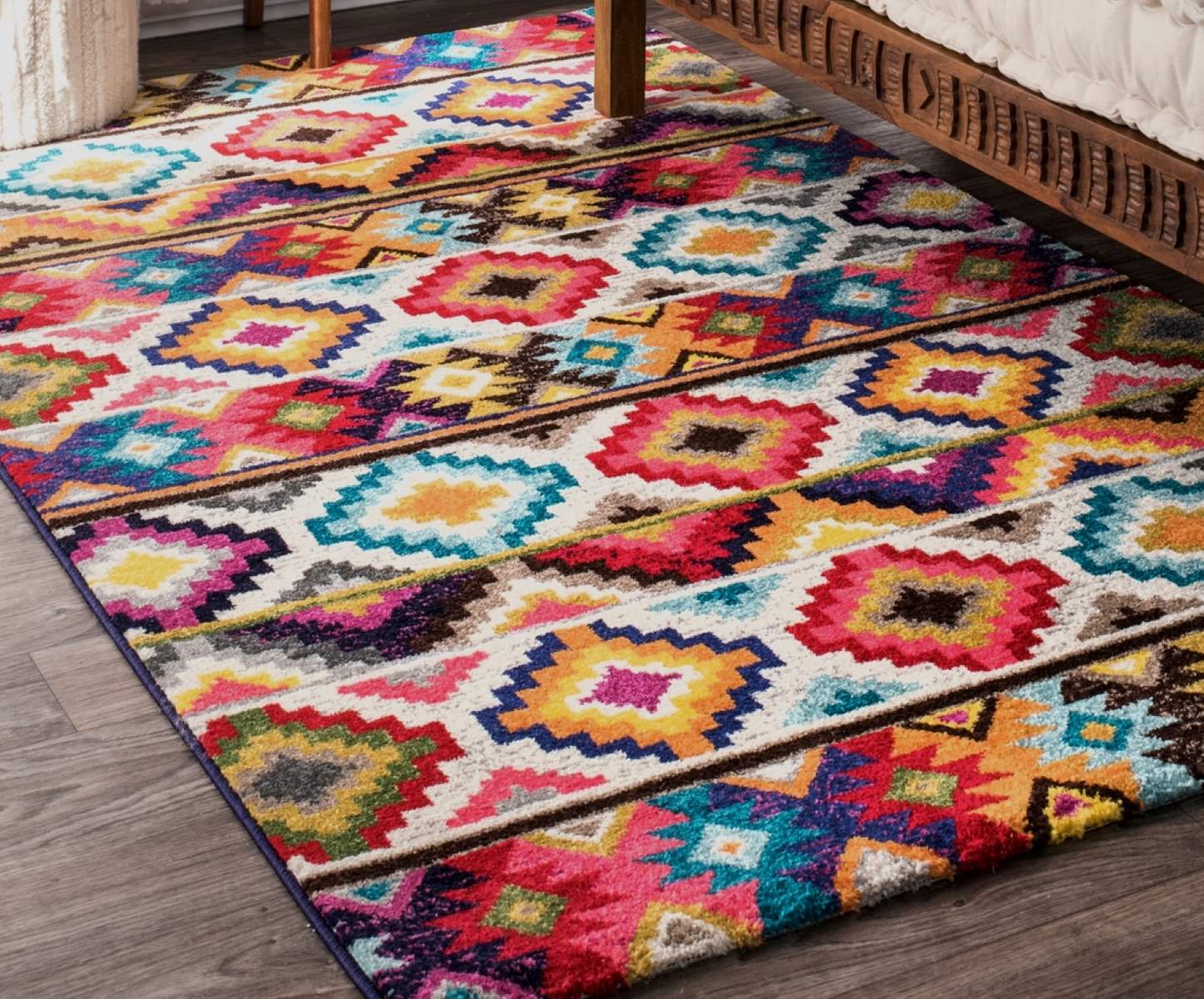

Articles
What Are Oriental Rugs Made Of
Modified: April 22, 2024
Discover the intricate artistry and materials used in crafting Oriental rugs through our informative articles. From silk to wool, unravel the secrets behind these magnificent creations.
(Many of the links in this article redirect to a specific reviewed product. Your purchase of these products through affiliate links helps to generate commission for Storables.com, at no extra cost. Learn more)
Introduction
Oriental rugs are not just beautiful floor coverings; they also hold a rich history and cultural significance. These intricately designed rugs have captivated people around the world for centuries, with their breathtaking patterns and exquisite craftsmanship. But have you ever wondered what exactly Oriental rugs are made of?
In this article, we will explore the materials used in creating Oriental rugs and delve into the fascinating world of rug-making. From the history of Oriental rugs to the traditional and modern materials used, we will uncover the secrets behind these timeless works of art.
Whether you are a rug enthusiast, interior designer, or simply curious about the artistry that goes into making Oriental rugs, this article will provide you with valuable insights and a deeper appreciation for these remarkable creations.
Key Takeaways:
- Oriental rugs are crafted from a variety of natural materials such as wool, silk, and cotton, each offering unique characteristics and cultural significance, making them timeless works of art.
- The use of synthetic materials in Oriental rug production provides enhanced durability, resistance to stains and fading, and affordability, ensuring there is a rug available for every style and preference.
Read more: How To Store An Oriental Rug
History of Oriental Rugs
Oriental rugs have a rich and storied history that dates back thousands of years. The art of rug-making can be traced back to ancient civilizations in the Middle East, Asia, and North Africa. The earliest known evidence of rug-making dates back to around 500 BCE in ancient Egypt, where fragments of woolen rugs have been found in tombs.
However, it was during the reign of the Persian Empire that Oriental rugs truly flourished. Persian rugs, known for their intricate designs and meticulous craftsmanship, became highly sought after by the elite during the 5th and 4th centuries BCE. The Persian city of Kashan became a center for rug production, known for creating some of the finest woolen rugs in the world.
The influence of Persian rug-making spread across the region, and neighboring countries, such as Turkey, India, and China, began to develop their own distinct styles and techniques. Each region adopted its unique design motifs, colors, and weaving methods, creating a diverse array of Oriental rug styles.
During the 16th century, the expansion of the Ottoman Empire led to the introduction of Turkish rugs to Europe. These vibrant and intricately patterned rugs were highly prized and became popular among European nobility. Oriental rugs became a symbol of luxury and wealth, spreading their influence across the globe.
The 19th century saw a renewed interest in Oriental rugs, thanks to European travelers exploring the East and bringing back these exquisite treasures. This resulted in a surge in demand for Oriental rugs in European and American markets, leading to the establishment of trading routes and further development of the rug industry.
Today, Oriental rugs continue to be highly valued for their beauty, craftsmanship, and cultural significance. They are not just functional floor coverings but also works of art that represent centuries of tradition and craftsmanship.
Types of Oriental Rugs
There are various types of Oriental rugs, each with its unique characteristics and regional influences. Let’s explore some of the most popular types:
- Persian Rugs: Persian rugs, also known as Iranian rugs, are renowned for their intricate designs and high-quality craftsmanship. They often feature detailed floral or geometric patterns and are made using high knot counts, resulting in a dense and luxurious pile.
- Turkish Rugs: Turkish rugs, also known as Anatolian rugs, are famous for their bold colors and unique designs. They often feature large medallions, geometric patterns, and intricate borders. Turkish rugs are made using the double-knot technique, which results in a durable and tightly woven rug.
- Indian Rugs: Indian rugs are characterized by their vibrant colors and rich textures. They often feature intricate patterns inspired by Mughal art and culture. Indian rugs are known for their use of silk and wool, creating a luxurious and soft feel.
- Chinese Rugs: Chinese rugs are famous for their distinctive design motifs, such as dragons, floral patterns, and intricate landscapes. They are often made with a combination of silk and wool, resulting in a lustrous finish. Chinese rugs are known for their fine craftsmanship and attention to detail.
- Caucasian Rugs: Caucasian rugs come from the region of the Caucasus, which spans from eastern Europe to western Asia. They are known for their bold and vibrant colors, geometric patterns, and tribal motifs. Caucasian rugs are often made using wool and feature a thick pile, making them durable and suitable for high traffic areas.
- Tribal Rugs: Tribal rugs are handmade by nomadic or semi-nomadic communities, preserving traditional weaving techniques and designs. They often feature geometric patterns and bold colors, reflecting the cultural heritage of the tribes. Tribal rugs have a rustic charm and are highly sought after by collectors.
These are just a few examples of the many types of Oriental rugs available. Each type has its uniqueness and tells a story of its origin and cultural influences. Whether you prefer the intricate designs of Persian rugs or the bold colors of Turkish rugs, there is an Oriental rug to suit every taste and style.
Traditional Materials Used in Oriental Rugs
Traditional Oriental rugs are crafted using a variety of natural materials that contribute to their beauty and durability. These materials have been used for centuries and are still favored by artisans today. Let’s explore some of the traditional materials used in crafting Oriental rugs:
Wool:
Wool is the most commonly used material in Oriental rug making. It is prized for its durability, softness, and ability to hold vibrant dyes. Wool fibers are sourced from sheep and are known for their resilience and natural elasticity. The quality of the wool used can greatly influence the overall look and feel of the rug.
Read more: How To Mix Oriental Rugs
Silk:
Silk is a luxurious and prized material used in creating exquisite Oriental rugs. Silk fibers are derived from the cocoons of silkworms and are known for their lustrous and smooth texture. Silk rugs often have a delicate appearance and showcase intricate details due to the fine nature of the silk fibers. Silk rugs are highly valued for their beauty and are often considered works of art.
Cotton:
Cotton is another commonly used material in Oriental rug making, primarily as the foundation or backing of the rug. Cotton fibers are strong, durable, and provide a sturdy base for the rug. Cotton is also used for the warp and weft threads, which form the skeleton of the rug. Cotton is preferred for its ability to hold the tension of the rug and provide structural stability.
Natural Dyes:
Traditional Oriental rugs are often dyed using natural dyes derived from plants, insects, and minerals. These dyes yield rich and nuanced colors that age beautifully over time. Natural dyeing techniques require skill and expertise to achieve the desired colors and colorfastness. Some common sources of natural dyes include indigo, madder root, cochineal insects, and walnut shells.
Other Natural Fibers:
In addition to wool, silk, and cotton, other natural fibers are sometimes used in Oriental rug making. This includes materials such as jute, sisal, and hemp. These fibers are often used for the foundation or as accent details in the rug.
The use of these traditional materials not only contributes to the aesthetic appeal of Oriental rugs but also ensures their longevity and ability to withstand everyday use. The combination of high-quality materials and skilled craftsmanship results in rugs that can be treasured for generations.
Read more: What Are Kilim Rugs Made Of
Silk Oriental Rugs
Silk Oriental rugs are considered the epitome of luxury and elegance. Crafted from the delicate fibers of silkworm cocoons, these rugs showcase exquisite craftsmanship and intricate designs. Here is a closer look at the fascinating world of silk Oriental rugs:
Production Process:
Silk Oriental rugs are made using the highest quality silk obtained from the silkworms’ cocoons. The production process involves several labor-intensive steps that require great skill and precision. Once the silk fibers are extracted from the cocoons, they are carefully spun into threads, which are then dyed using natural or synthetic dyes. Skilled weavers use traditional hand-knotting techniques to create the intricate patterns and designs on a loom, resulting in a stunning silk rug.
Characteristics:
One of the most notable characteristics of silk Oriental rugs is their lustrous and luxurious appearance. Silk fibers have a natural sheen that reflects light, giving the rug a radiant and shimmering effect. The fine texture of silk allows for intricate details and crisp lines in the rug’s design. Silk rugs have a smooth and silky feel underfoot, adding a touch of opulence to any space.
Designs and Patterns:
Silk Oriental rugs feature a wide range of designs and patterns, often influenced by the region or culture from which they originate. Traditional motifs such as floral, geometric, and medallion designs are commonly found in silk rugs. The intricate details and precision of the designs showcase the artistry and craftsmanship involved in their creation. Silk rugs can range from classic and timeless to bold and contemporary, making them versatile for different interior styles.
Care and Maintenance:
While silk Oriental rugs are prized for their beauty, they require special care to maintain their appearance and longevity. Due to silk’s delicate nature, silk rugs are more susceptible to wear and damage compared to rugs made of other materials. It is important to avoid placing silk rugs in high-traffic areas to minimize the risk of damage. Regular vacuuming with a brushless attachment and professional cleaning when necessary can help preserve the rug’s beauty.
Value and Investment:
Silk Oriental rugs are not just decorative floor coverings; they are also considered valuable investments. Their rarity, exquisite craftsmanship, and luxurious nature contribute to their high value in the market. Over time, well-maintained silk rugs can appreciate in value, making them highly sought after by collectors and rug enthusiasts.
Whether used as a centerpiece in a formal living room or as an accent in a bedroom, silk Oriental rugs exude elegance, sophistication, and timeless beauty. Their craftsmanship and luxurious appeal make them a statement piece that can elevate the atmosphere of any space.
Wool Oriental Rugs
Wool Oriental rugs are renowned for their durability, warmth, and timeless beauty. Crafted from the natural fleece of sheep, these rugs have been cherished for centuries for their exceptional quality and ability to withstand the test of time. Let’s take a closer look at the fascinating world of wool Oriental rugs:
Properties and Benefits:
Wool is the most commonly used material in Oriental rug making, and for good reason. It possesses a range of favorable properties that make it ideal for rug production. Wool fibers are naturally resilient and have excellent elasticity, allowing the rug to maintain its shape and structure even with heavy foot traffic. The natural crimp in wool fibers provides a cushioning effect, making wool rugs comfortable to walk on. Additionally, wool is naturally flame-resistant and has excellent insulating properties, making it perfect for both cold and warm climates.
Craftsmanship:
The production of a wool Oriental rug involves skilled artisans who meticulously hand-knot each strand of wool onto the rug’s foundation. The density and intricacy of the knots contribute to the rug’s overall design and durability. The craftsmanship involved ensures that each rug is unique and reflects the expertise of the weaver. From palace-sized masterpieces to smaller tribal rugs, wool Oriental rugs come in a variety of sizes and designs.
Designs and Patterns:
Wool Oriental rugs feature an array of intricate designs and patterns, often influenced by the region or culture of their origin. Popular design motifs include floral patterns, geometric shapes, medallions, and pictorial scenes. The vibrant colors and precise details in the designs are achieved through a combination of skilled dyeing techniques and precise weaving. The unique combination of colors and patterns in wool rugs adds warmth and personality to any space.
Care and Maintenance:
Wool Oriental rugs are relatively easy to care for and can maintain their beauty for generations with proper maintenance. Regular vacuuming helps to remove dust and debris, while rotating the rug periodically can distribute wear evenly. Immediate spot-cleaning of spills and stains is recommended to prevent permanent damage. Professional cleaning is recommended every few years to deep clean and refresh the rug. With proper care, wool Oriental rugs can retain their beauty and value over time.
Value and Investment:
Wool Oriental rugs are not only cherished for their beauty but also for their value as an investment. Well-maintained, high-quality wool rugs can appreciate in value over time, making them sought after by collectors and rug enthusiasts. The combination of their durability, craftsmanship, and timeless appeal makes wool Oriental rugs a valuable and functional addition to any home or space.
Whether adding a touch of sophistication to a formal living room or bringing warmth to a cozy bedroom, wool Oriental rugs are a versatile and timeless choice that can transform the look and feel of any space.
Cotton Oriental Rugs
Cotton Oriental rugs are known for their softness, versatility, and practicality. Made from natural cotton fibers, these rugs offer a more affordable option for those seeking an Oriental rug without compromising on quality. Let’s delve into the features and benefits of cotton Oriental rugs:
Characteristics:
Cotton fibers are soft, smooth, and hypoallergenic, making cotton Oriental rugs a comfortable choice for both adults and children. These rugs have a lightweight and breathable nature, making them ideal for warmer climates or areas with high humidity. Cotton Oriental rugs are also easy to clean, as cotton is a highly absorbent material that allows for quick drying.
Designs and Patterns:
Cotton Oriental rugs come in a wide variety of designs, patterns, and colors. From traditional floral and geometric motifs to contemporary abstract designs, there is a cotton Oriental rug to suit every style and preference. The versatility of cotton fibers allows for the creation of intricate details, crisp lines, and vibrant colors, making these rugs an attractive option for any interior space.
Care and Maintenance:
Cotton Oriental rugs are relatively easy to maintain. Regular vacuuming helps to remove dirt and debris, keeping the rug clean and fresh. For stains and spills, prompt treatment is advised to prevent them from setting in. Handwashing or machine-washing with a gentle detergent can be done for smaller cotton rugs, while larger rugs may require professional cleaning. It is important to follow the care instructions provided by the manufacturer to ensure the longevity of the rug.
Uses and Versatility:
Cotton Oriental rugs are versatile in their uses and can be placed in various areas of the home. They work well in high-traffic areas such as living rooms, entryways, or kitchens, where their durability and easy maintenance shine. Additionally, cotton rugs with lighter colors and delicate patterns can add a touch of elegance and charm to bedrooms, nurseries, or bathrooms.
Sustainable Option:
Cotton is a natural and renewable resource, making cotton Oriental rugs an eco-friendly choice. As cotton fibers are biodegradable, these rugs are a sustainable option for those seeking environmentally conscious alternatives for home decor.
Affordability:
One of the advantages of cotton Oriental rugs is their affordability compared to other materials such as silk or wool. Cotton rugs offer a budget-friendly option for individuals who desire the beauty and charm of an Oriental rug without breaking the bank.
Cotton Oriental rugs provide a blend of comfort, practicality, and style. With their soft texture, versatility in design, and ease of maintenance, they offer a practical and attractive choice for enhancing the ambiance of any living space.
Other Natural Materials Used in Oriental Rugs
In addition to wool, silk, and cotton, Oriental rugs can incorporate a variety of other natural materials to achieve unique textures and effects. These materials add depth and character to the rugs, enhancing their overall beauty. Let’s explore some of the other natural materials used in Oriental rugs:
Read more: How To Sell Used Oriental Rugs
Sisal:
Sisal is a natural fiber derived from the leaves of the agave plant. It is known for its strength and durability, making it an ideal choice for the foundation or backing of an Oriental rug. Sisal is often used in tribal rugs, adding a rustic and earthy texture to the design.
Jute:
Jute is another natural fiber commonly used in Oriental rugs. Derived from the Jute plant, this material is soft, shiny, and has natural insulating properties. Jute fibers are often used as accent details or for fringes on the edges of the rug, adding a subtle textural element.
Hemp:
Hemp is a durable and eco-friendly natural fiber that is occasionally used in Oriental rug making. It is known for its strength and resistance to wear and tear. Hemp fibers are typically combined with other materials, such as wool or cotton, to create a durable and sustainable rug.
Bamboo Silk:
Bamboo silk, also known as rayon or viscose, is a regenerated cellulosic fiber made from bamboo. It is an alternative to traditional silk and closely mimics its lustrous appearance. Bamboo silk is often used as a more affordable option in Oriental rugs, providing a similar aesthetic with its smooth and shiny texture.
Read more: What Are Ruggable Rugs Made Of
Nettles:
Nettles are plants that have been used for centuries to create a natural, soft fiber for weaving rugs. Nettle fibers are eco-friendly and have a unique texture that adds interest to Oriental rug designs. Rugs made with nettle fibers often have a rustic and natural feel.
Banana Silk:
Banana silk is a natural fiber made from the stems of banana plants. It is a sustainable material that offers a silky and smooth texture similar to traditional silk. Banana silk is used in rug making to create a luxurious and eco-friendly alternative to silk.
By incorporating these natural materials into Oriental rugs, artisans can create rugs with distinct textures and visual appeal. The use of these materials not only adds depth and character to the rugs but also promotes sustainability and craftsmanship in the rug-making industry.
Synthetic Materials Used in Oriental RugsIn addition to natural fibers, synthetic materials are sometimes used in the production of Oriental rugs. These synthetic fibers offer specific qualities that enhance the durability, affordability, and maintenance of the rugs. Let’s explore some of the commonly used synthetic materials in Oriental rug making:
Polypropylene:
Polypropylene is a synthetic fiber that is frequently used in Oriental rugs. It is known for its strength, stain resistance, and affordability. Polypropylene rugs are highly durable and can withstand heavy foot traffic, making them ideal for busy areas of the home or commercial spaces.
Read more: What Are Turkish Rugs Made Of
Polyester:
Polyester is another synthetic material that offers excellent resistance to fading, stains, and moisture. It is a soft and luxurious fiber that closely mimics the appearance of natural fibers like wool. Polyester Oriental rugs are often chosen for their affordability, easy maintenance, and wide range of colors and designs.
Nylon:
Nylon is a versatile and resilient synthetic fiber commonly used in Oriental rug production. It is known for its excellent resistance to wear, abrasion, and staining. Nylon rugs have a soft and luxurious feel, and they are highly durable, making them suitable for high-traffic areas.
Acrylic:
Acrylic is a synthetic material that closely resembles the appearance of wool. It has a soft and fuzzy texture, making it a popular choice for Oriental rugs. Acrylic rugs are known for their durability, stain resistance, and ability to retain color vibrancy over time. They offer a more affordable alternative to wool rugs.
While natural fibers are often preferred for their authentic feel and traditional appeal, synthetic materials have their own set of advantages in Oriental rug production. Synthetic fibers offer enhanced durability, resistance to stains and fading, and affordability, making them suitable for areas with high foot traffic or for those on a budget. The use of synthetic materials allows for a wider range of designs, colors, and price points, ensuring that there is an Oriental rug available for every style and preference.
Conclusion
Oriental rugs are not just ordinary floor coverings; they are a testament to the rich history, artistry, and cultural significance of their origins. From the intricate patterns to the meticulous craftsmanship, these rugs have captivated people around the world for centuries.
Throughout this article, we have explored the materials used in creating Oriental rugs and gained insights into the fascinating world of rug making. From the traditional use of wool, silk, and cotton to the incorporation of other natural and synthetic materials, each rug tells a unique story of its origin and the skilled hands that brought it to life.
Wool Oriental rugs, with their durability and timeless beauty, have stood the test of time and continue to be cherished for their warmth and craftsmanship. Silk Oriental rugs, on the other hand, embody luxury and elegance with their lustrous appearance and intricate designs. Cotton Oriental rugs offer a more affordable and practical option without compromising on style and comfort.
These rugs, crafted from a variety of natural materials, showcase the artistry and traditions of diverse cultures. Whether it’s the vibrant colors of Indian rugs, the intricate patterns of Persian rugs, or the bold motifs of Chinese rugs, Oriental rugs have a design to suit every taste and style.
As we conclude our exploration of Oriental rugs, it is clear that these intricate creations are not just decorative items but also treasured works of art. They bring warmth, beauty, and a touch of cultural heritage to any space. Whether you’re looking to add a focal point to your living room, refine your bedroom decor, or create a cozy nook in your home, an Oriental rug can transform the ambiance of any space and serve as a timeless statement piece.
So, whether you choose a traditional hand-knotted masterpiece or a modern interpretation of an Oriental rug, let these remarkable works of art bring beauty and inspiration to your surroundings.
Frequently Asked Questions about What Are Oriental Rugs Made Of
Was this page helpful?
At Storables.com, we guarantee accurate and reliable information. Our content, validated by Expert Board Contributors, is crafted following stringent Editorial Policies. We're committed to providing you with well-researched, expert-backed insights for all your informational needs.
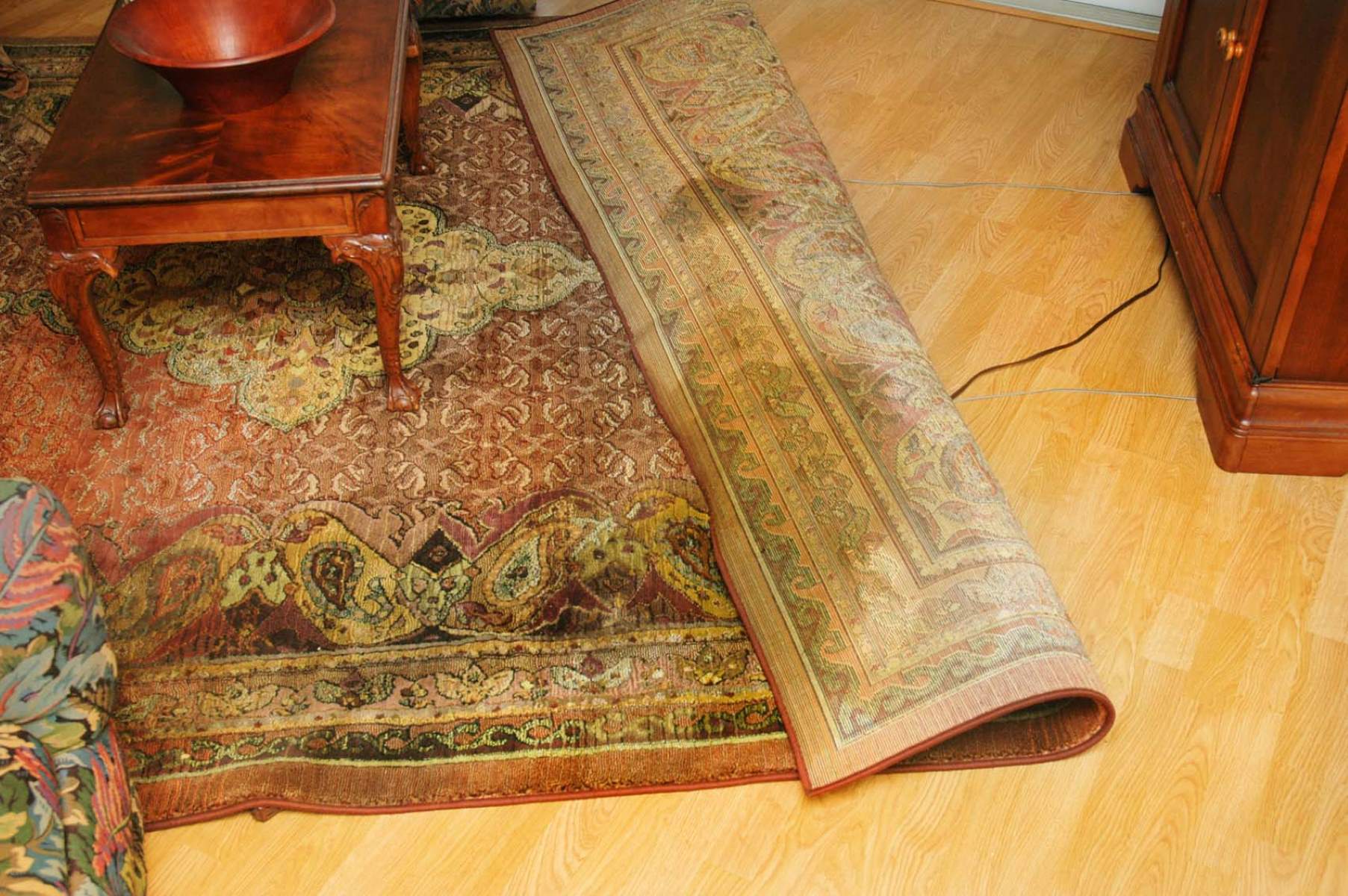
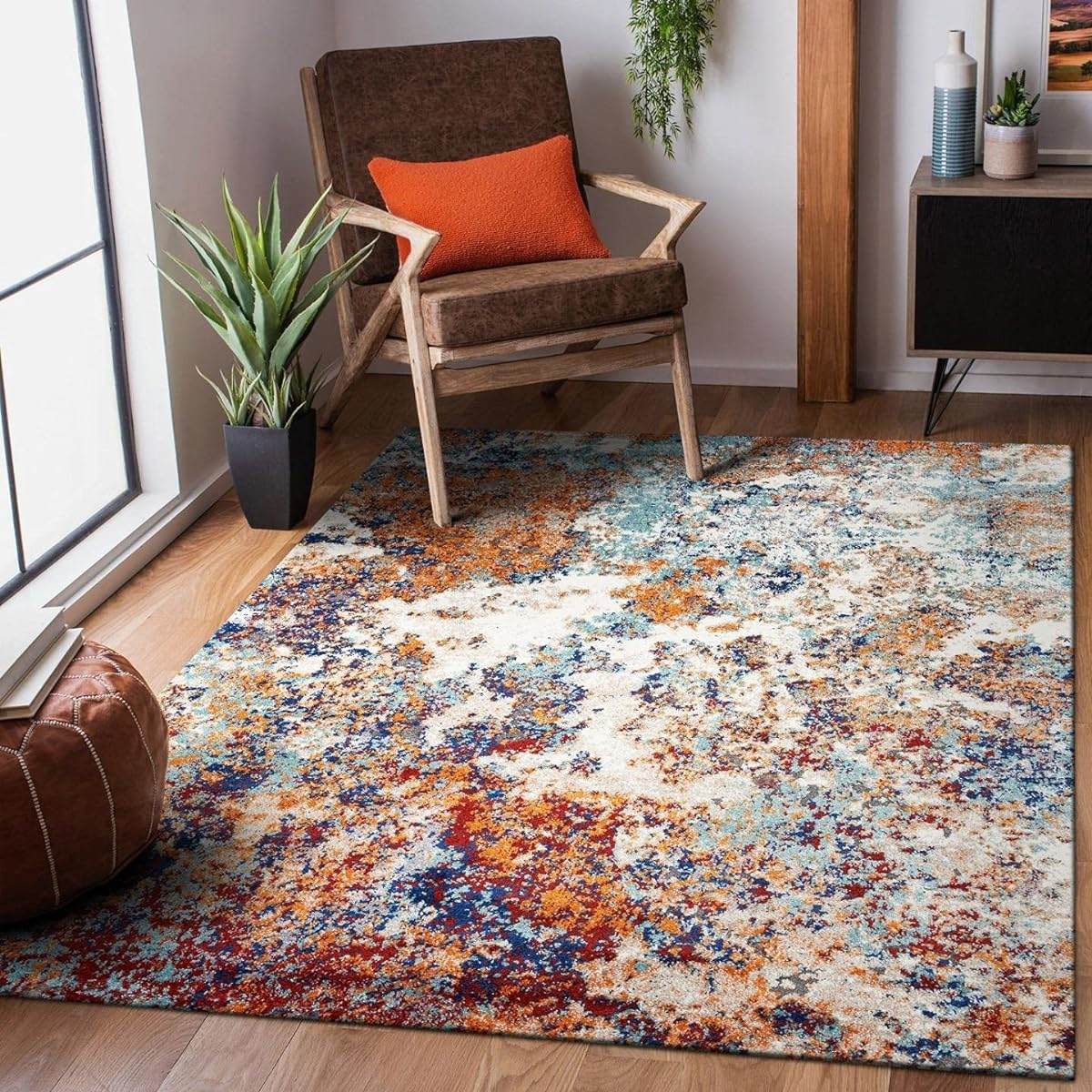
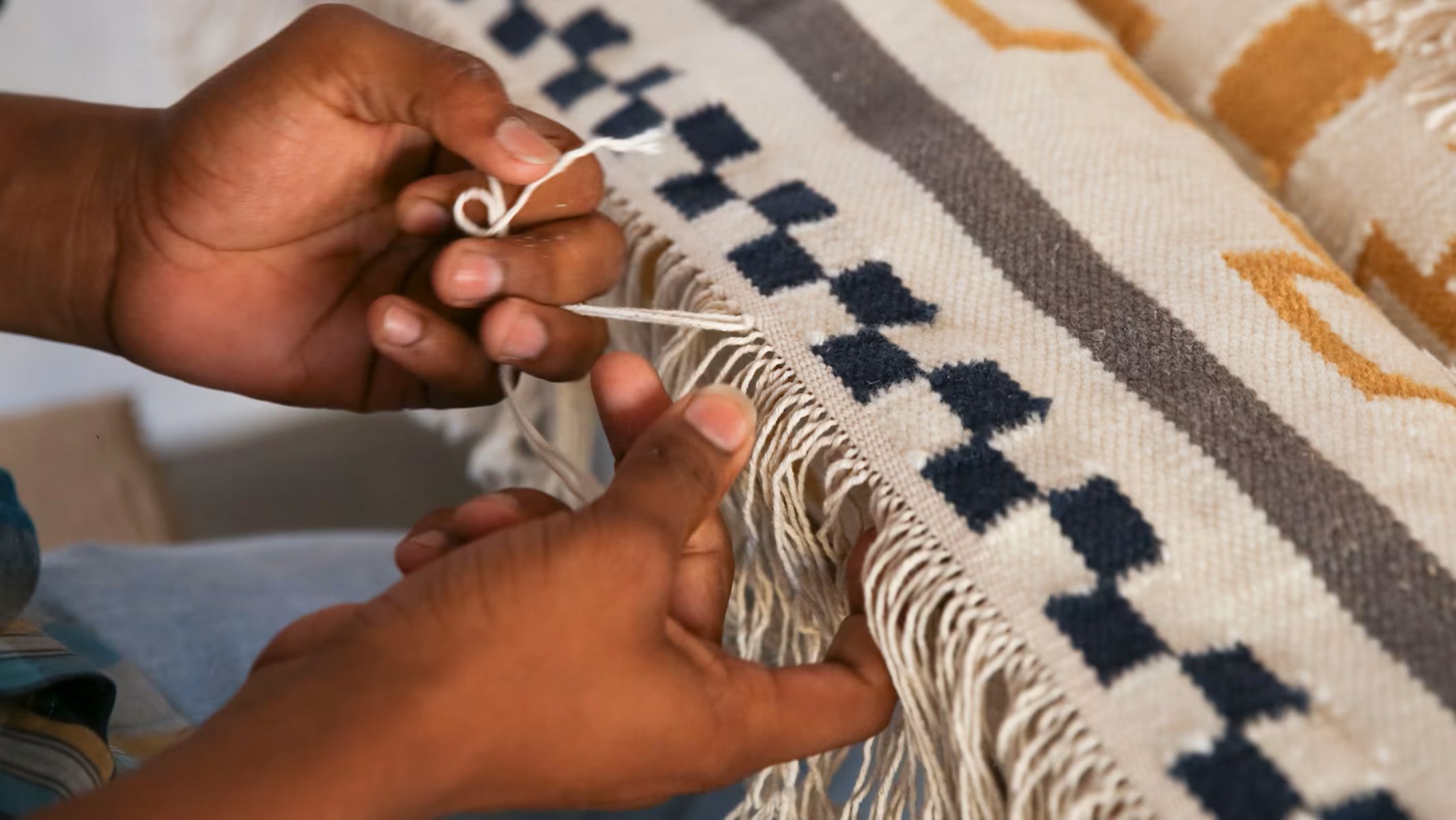

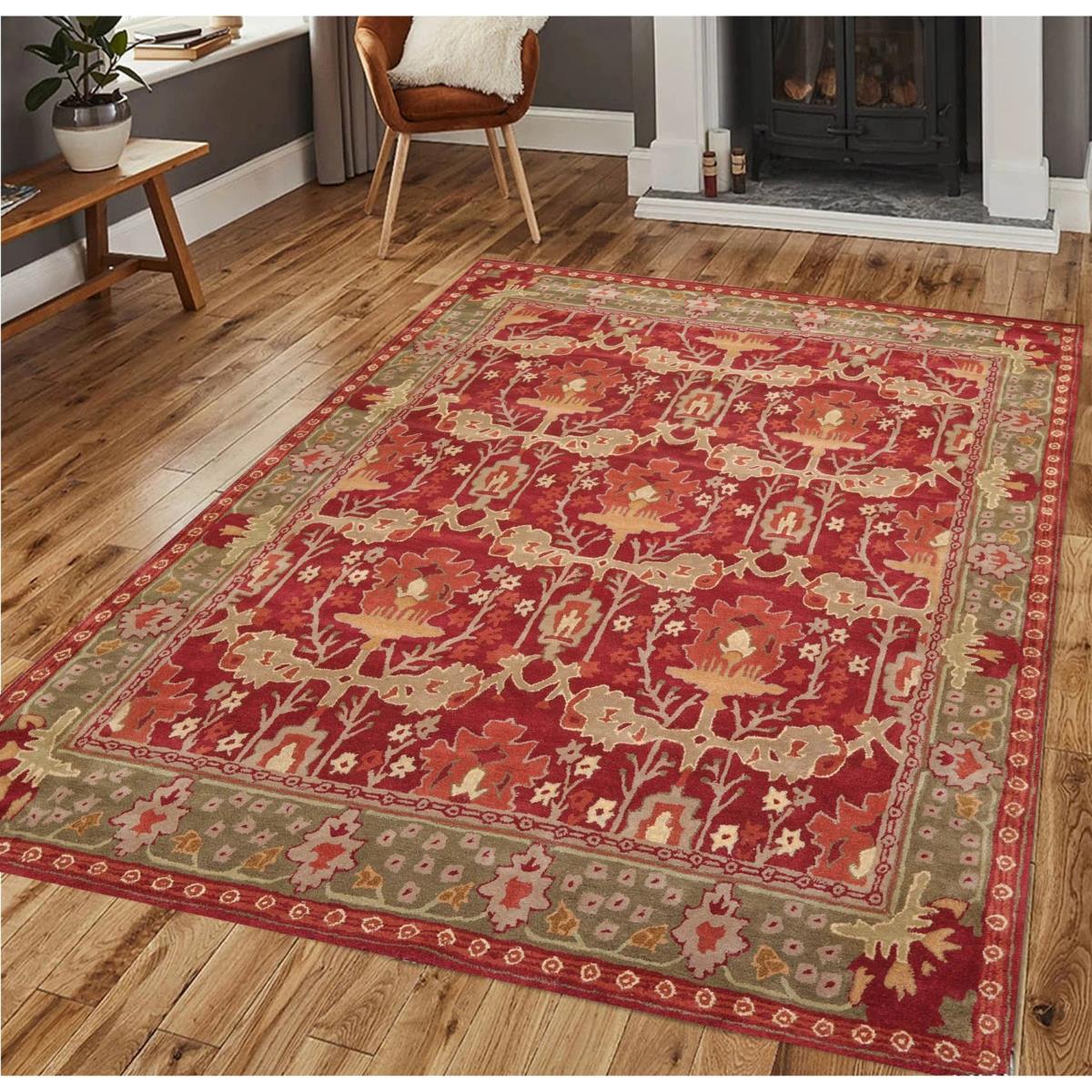

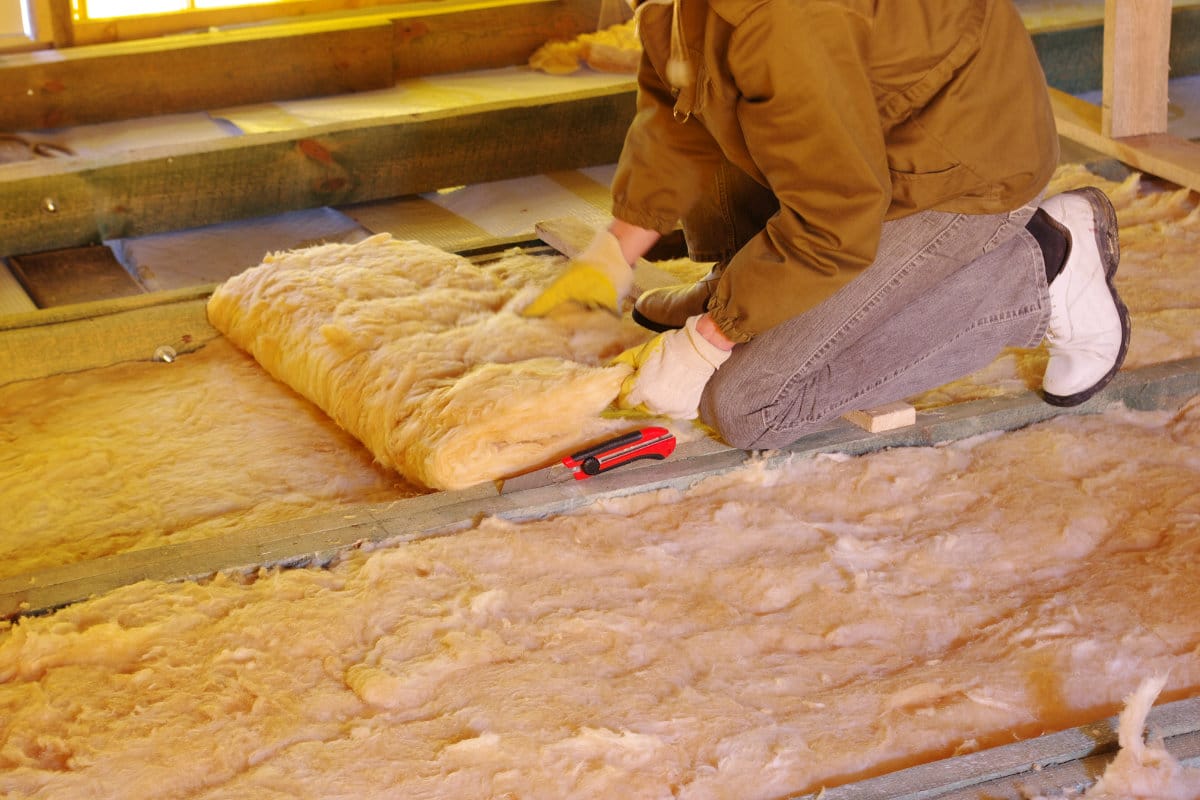
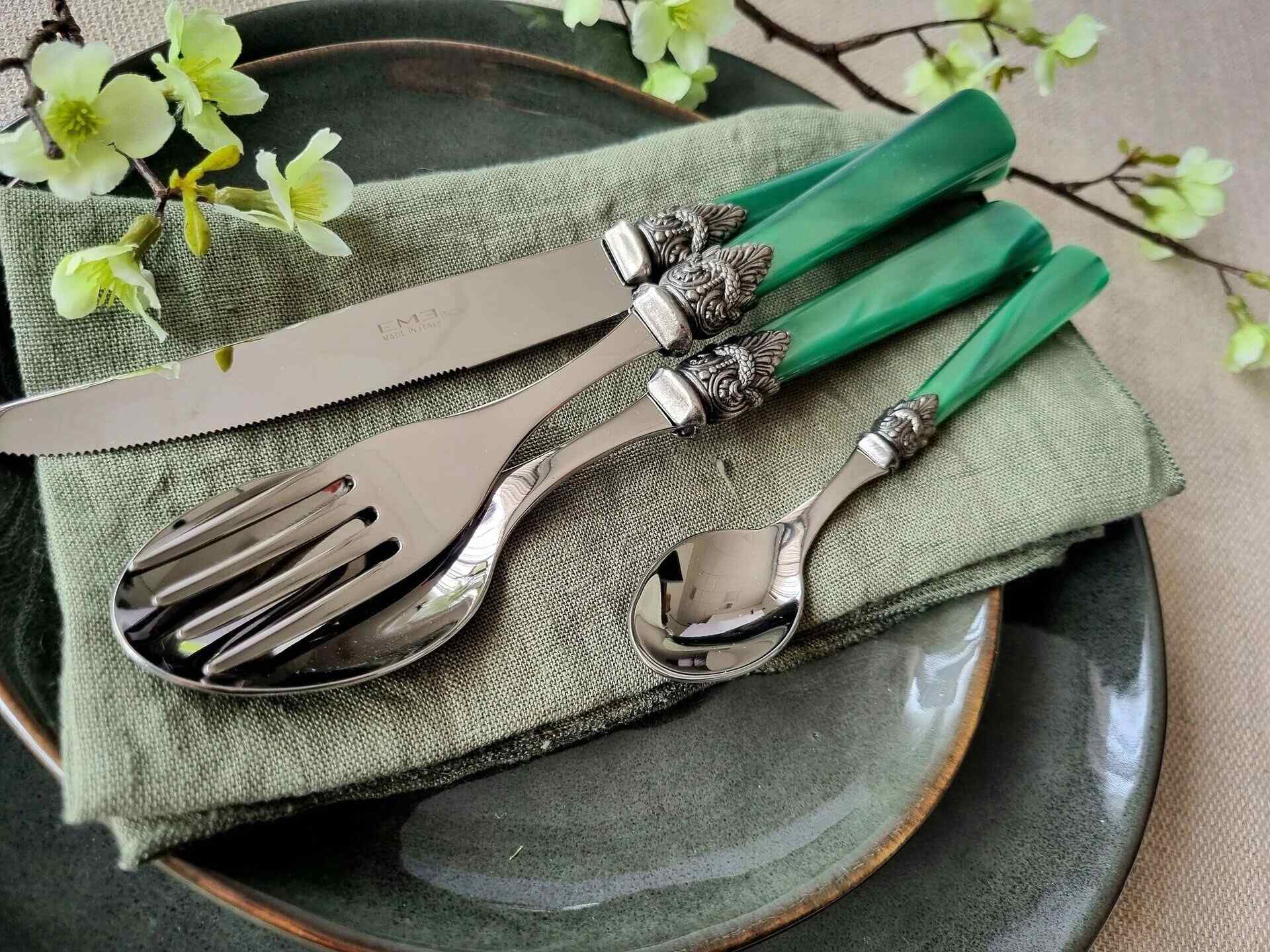

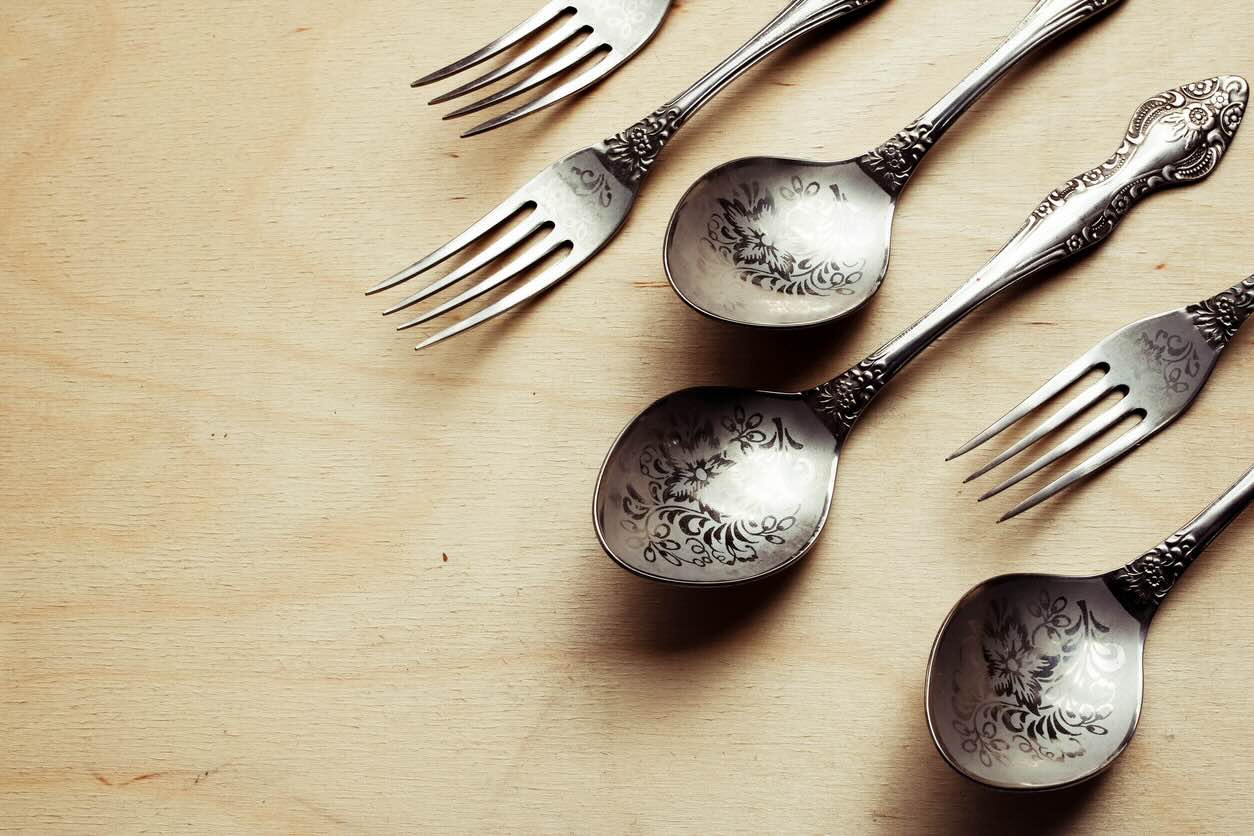

0 thoughts on “What Are Oriental Rugs Made Of”